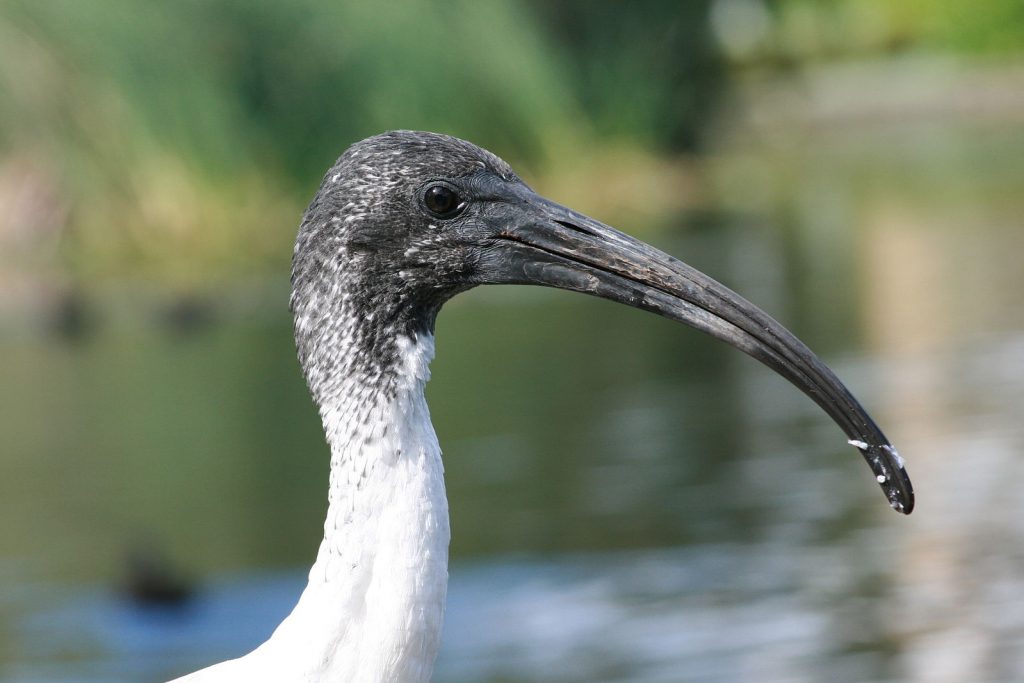I have Steve's books, have been studying BIF as my next challenge and took my Nikon D500 with 55-300 4.5-5.6 lens out to a local park for some close up ducks action. I got a nice swimming woodie, but OMG, the noise was awful. I bought the noise course and salvaged the wood duck picture. I also got a surprise visit from a beautiful doe in this downtown Boise park. She is lovely and I got several nice exposures of her.
So, yesterday, after more hours of study and rearranging my settings, again, I took my setup with me to the duck blind for opening day. Hey, the ducks come close, should be a piece of cake, right?
Wrong.
After going through the early dawn hunt time and getting a few birds for dinner, I decided it was now time to switch to shooting with my camera. I even took a series of shots of the background to make sure the manual exposure settings were correct, which was good, as they needed some corrections.
My hunting companion was okay with this and promptly called in a nice flight of mallards. I brought my camera to my eye, pressed the back button and held down the shutter button to create my first series of great looking incoming mallard photos.
Sigh. I forgot to turn on the camera and by the time I took the camera from my eye to figure out what the heck was going on, the birds were gone and the dogs were out fetching the ducks that had landed permanently.
Shortly thereafter a teal buzzed over my head and landed in the pond in front of me. I turned the camera on, lifted it to my eye and the teal jumped off the water and I got a great shot of the slash from the pond, the teal, and the reflection of the teal, it could have been a contender at next year's fair. If only...
If only I had remembered to press the back focus button. No wonder I was having such a problem making sure I had the teal in the focus group.
I put the camera away. The only keeper quality photos were the still shots I took to adjust my settings. Very boring. Not one BIF was usable, unless you needed a how not to shot.
So, today, I will go back to the park to try again. Next week, I will go hunting to try again. By the end of the season my goal is to have at least one wall hanger BIF, but it is not nearly as easy as I thought it would be.
Wink
So, yesterday, after more hours of study and rearranging my settings, again, I took my setup with me to the duck blind for opening day. Hey, the ducks come close, should be a piece of cake, right?
Wrong.
After going through the early dawn hunt time and getting a few birds for dinner, I decided it was now time to switch to shooting with my camera. I even took a series of shots of the background to make sure the manual exposure settings were correct, which was good, as they needed some corrections.
My hunting companion was okay with this and promptly called in a nice flight of mallards. I brought my camera to my eye, pressed the back button and held down the shutter button to create my first series of great looking incoming mallard photos.
Sigh. I forgot to turn on the camera and by the time I took the camera from my eye to figure out what the heck was going on, the birds were gone and the dogs were out fetching the ducks that had landed permanently.
Shortly thereafter a teal buzzed over my head and landed in the pond in front of me. I turned the camera on, lifted it to my eye and the teal jumped off the water and I got a great shot of the slash from the pond, the teal, and the reflection of the teal, it could have been a contender at next year's fair. If only...
If only I had remembered to press the back focus button. No wonder I was having such a problem making sure I had the teal in the focus group.
I put the camera away. The only keeper quality photos were the still shots I took to adjust my settings. Very boring. Not one BIF was usable, unless you needed a how not to shot.
So, today, I will go back to the park to try again. Next week, I will go hunting to try again. By the end of the season my goal is to have at least one wall hanger BIF, but it is not nearly as easy as I thought it would be.
Wink


